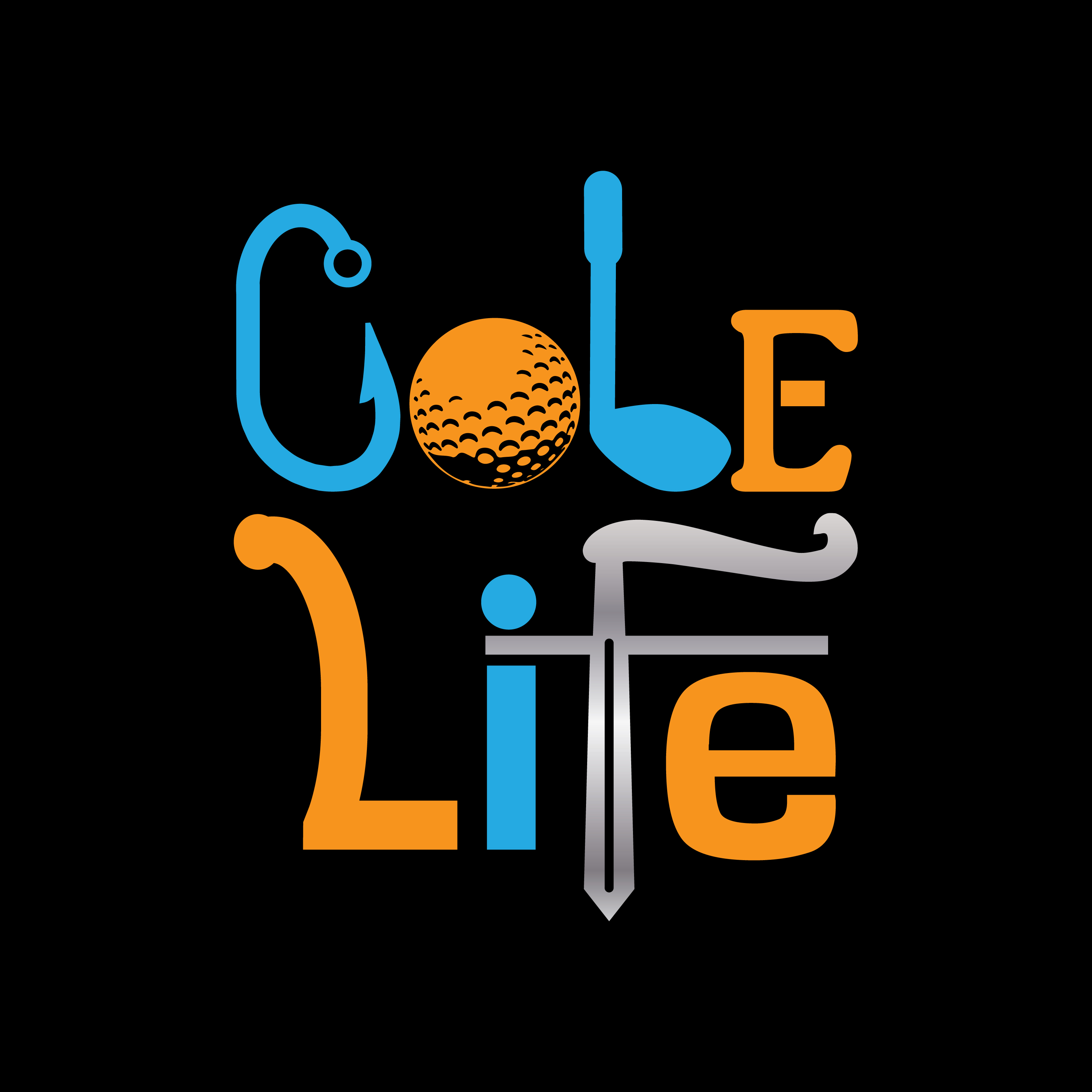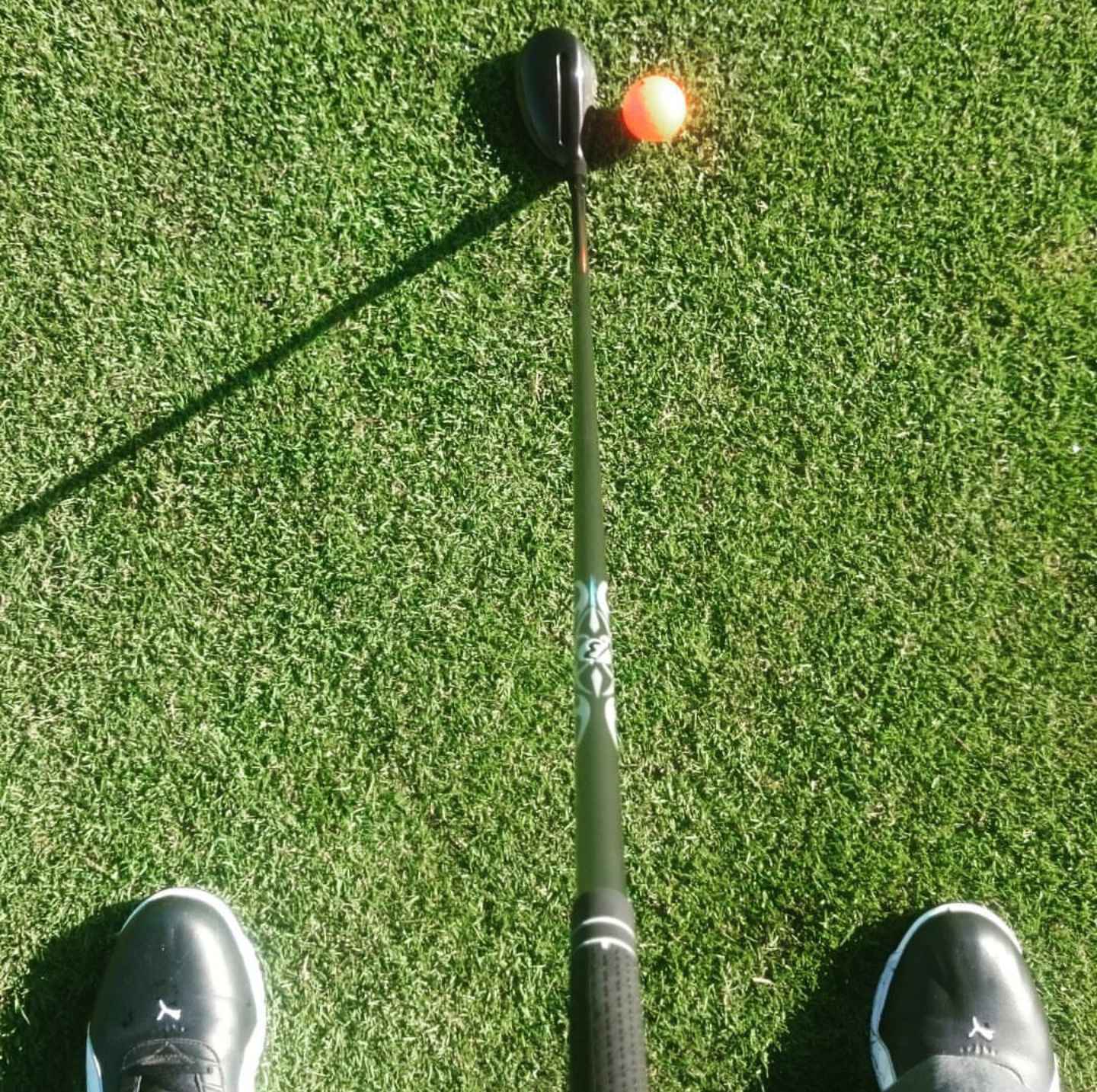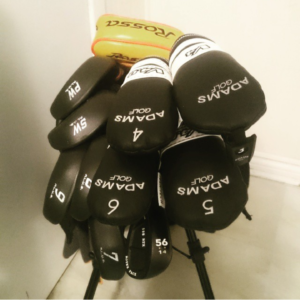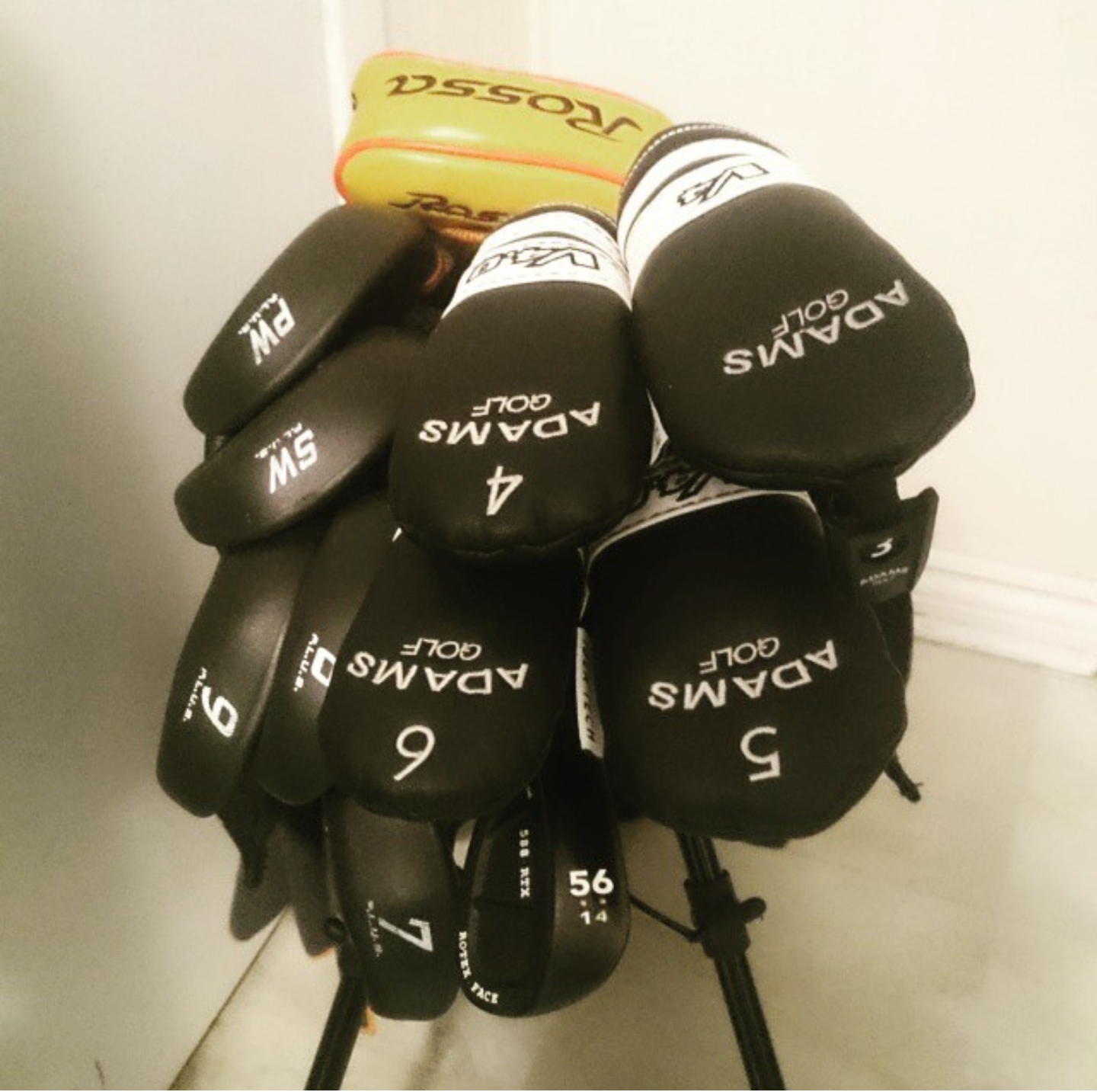Unreal expectations
Most people that are serious about improving at Golf spend a fair amount of time at the Range, or in a Simulator. I’m currently helping a friend of mine who is brand new to the game develop her swing at the Range. Chances are good that she won’t actually play on her first course until next Summer. Almost a full year away. She began playing in April of this year so she will have been practicing at the Range or in a Simulator for over a year before she feels ready to take on a course. Now not everybody has her patience. I definitely didn’t. In my first Season I began going to the Range in March, and played my first game on a course in June. I had developed a poor but repeatable swing, and felt relatively confident with my 3 Hybrid, and Pitching Wedge. I was ready!
No I wasn’t!
Something that every Beginner needs to know about Range, and Simulator practice. It doesn’t actually prepare you for the real thing! First of all hitting off the Fairway is very different from hitting off a mat. At the Range, or in a Simulator you are always on even ground. That isn’t the case in most situations on a course. Even Tee boxes can be a little uneven. Think about what an inch of difference in contact can make on your ball flight. Another huge difference between hitting off a mat, and hitting off the ground is the amount of resistance each provides. When you are at the Range hitting shot after shot a decent distance. What you might fail to realize is how a mat can correct an imperfect swing. You’ve probably seen many videos about making contact with the ground after hitting the ball. The preferred angle of attack with an Iron is down through the ball, taking a divot that’s beyond the ball’s original position. Most Beginners do the opposite. They make contact with the ground just before they make contact with the ball, or as they make contact with the ball. The reason for this is due to the amount of time they spend at the Range, or in a Simulator when they begin developing a swing. It’s very unnatural, and possibly painful to swing at a downward angle with the intention to make contact with a solid surface. Almost everyone begins as a “Picker”, hoping to essentially sweep the ball off the mat by making contact with the mat, and ball at the same time. An unfortunate side effect of this is when we make contact with the mat before the ball. The resistance of the surface will quite often help us make good contact with the ball. That won’t happen at the course, unless you are playing on frozen ground in November. Making contact with the ground before the ball will usually result in a “chunky” shot. Whenever you hear someone say they “chunked” it, or caught one really “fat”. That’s what they are talking about. Usually this results in a shot that doesn’t travel very far at all. It can be really confusing to a Beginner who has never experienced a shot that looked or felt like that one did. At the Range, or in a Simulator the usual miss is a topped ball. When only the bottom of your club makes contact with the ball. This is considered by most to be hitting the ball “thin”. You know when you hit those low line drives with something as lofted as your Wedge. That’s what happens when you catch it “thin”. What’s confusing when you are first developing your swing at the Range is how a poor swing that makes contact with the ground behind the ball, doesn’t sweep low enough to make contact with the ground at all, or actually makes contact with the ground beyond the ball but comes in at to steep an angle can all result in a thin shot. The natural response to this in our minds is to focus on making hard contact with the mat as close to the ball as possible. Expect a lot of ugly chunky contact if you take that opinion to the course. The other issue that this creates is how contact with the ground can effect the squareness of your club face at impact. If the ground didn’t effect your swing then hitting out of the Rough wouldn’t be an issue. Anything that impedes your swing path to the ball will affect it’s flight. If contact with the ground before the ball causes your club face to twist open just a little, you will hit a slice. For the most part mats don’t effect your club face very much at all when you make contact with them. Keep all of these things in mind when you head out to the course for the first time.
I know the difference but my course play still suffers!
As a Beginner that’s played a lot of Rounds of Golf. I’ve gone through the great Range practice on Wednesday, didn’t seem to help at the course on Saturday. So many times I have wondered what is wrong with my swing that day. The answer was actually nothing. There are a few factors that come into play on a course that are never a consideration at the Range. Tee boxes are in different locations. This seems like an insignificant thing but it’s not. When you are at the Range you are continuously hitting balls from the same spot, with the same wind position, at the same targets, and in most cases zero hazards to worry about. The wind is a far greater factor than most Beginners realize. Hitting a ball 100 yards into an open field is a lot easier than hitting a ball 100 yards over a Pond. Golf courses are designed to not only test your skill, and physical ability. The courses are also designed to test you mentally. I’ve yet to come across a Range, or Simulator that can recreate that. Every shot you take that can be potentially lost in a hazard adds additional stress. All around you there are other people playing that might get a good laugh at your expense if you Chunk one into the water. These aren’t things that effect your swing at Range, or in a Simulator. The best advice I can give you is that you shouldn’t worry about what other people think. In most cases they are too focused on their own game to notice yours. When dealing with Hazards, it’s best to just focus on the ball, and not the target. Keep your head down through the swing, and believe in the result. Beginners tend to focus on the target when needing to clear a Hazard. By lifting their head too early to see if they have cleared the Hazard. They end up making poor contact with the ball, and ending in trouble.
Play for the moment, not the score
Your first few times out to the course I wouldn’t even bother keeping track of your score. I think my first time out I shot 58 over par. Obviously I was seriously disappointed right. Actually I thoroughly enjoyed myself! I had no clue what my score was while I was playing. My playing partner was keeping score privately. What I remember is a Putt I sunk from off the Green with a fair amount of break in it, and the single Tee shot I hit on a Par 3 that actually found the Green. Those two shots had me eager to come back, and play again the following week. If you focus on the small accomplishments you make each time you play. You won’t just love this game, you’ll keep improving. Two Seasons later I shot 29 over on the exact same course.
Beginner’s guide to Golf







